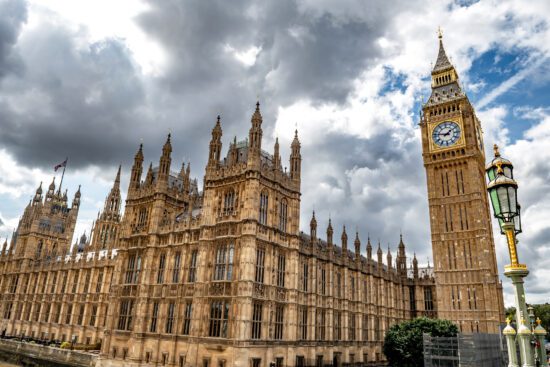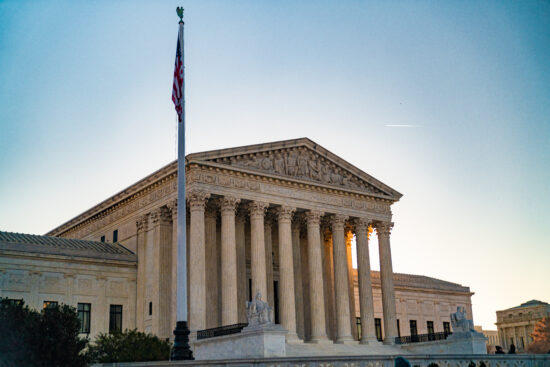In recent months, several videos have surfaced that show officials from Planned Parenthood discussing the sale of body parts from aborted children. These conversations include details about the monetary value of specific body parts and how “less crunchy” techniques may procure more intact parts. The language used and the cavalier tone in which murder is considered is gut-wrenching. Not only are the bodies of the most vulnerable crushed in our society, they are then sold for profit.
The current season of Advent speaks directly to the Planned Parenthood videos and the culture of death that seeks to destroy the lives of the youngest in society. Advent celebrates one of the most important events in human history: the Incarnation. Christians around the world proclaim that Jesus was “conceived by the Holy Spirit, born of the Virgin Mary.” In Matthew 1 and Luke 1-2, we find one of the most outrageous, yet foundational, claims in the Christian faith: that the divine Son assumed a human nature.
John 1:14 says, “And the Word became flesh and dwelt among us, and we have seen his glory, glory as of the only Son from the Father, full of grace and truth.” The Incarnation teaches us that the divine Son took upon a human nature to reveal his Father and to reconcile all things. The incarnational ministry of Jesus didn't begin at his birth, as the creed points out, but at conception. Jesus was a fetus.
Indeed, the eternal Son of God, who created all things and who holds all things together (Col. 1:16-18), came into the world in a womb. As he sustained the universe and held the stars in their places, the body of his mother sustained him. He came into the world to crush Satan, sin and death, and in doing so he took upon a human body that was itself crushable. Right there, in Mary’s womb, was Immanuel, God with us.
The Incarnation did not begin with the birth accounts portrayed in the Gospels; the Incarnation began at the moment the divine Son was conceived in Mary’s womb by the Holy Spirit. Jesus’ first moments on this earth were not in the manger, but in Mary. Jesus’ body, his muscles and bones, formed in the cavity of her body.
The Lord of the universe came to his creation in embryonic form. The Son of David’s body was vulnerable enough to be sucked out of his mother by a vacuum. The Lamb of God had the kind of body that could be flattened by forceps.
One of the reasons Christians are pro-life is because Jesus was a fetus. If we lose the essential truths that are bound up in the Incarnation, including the full humanity of Jesus, we lose the gospel. The humanity of Christ that we see in his conception is also on full display in his crucifixion. Though forceps did not crush Jesus’ body, it was crushed by a cross.
In the midst of a culture of death, we must promote and embody the culture of life—in every way possible. The culture of life has not just come under attack in recent decades but since the Garden of Eden. The church promotes the kingdom of God because our King, though once dead, now reigns in life and power. The culture of life is still under assault from the culture of death; the Planned Parenthood videos are just the latest piece of evidence. Yet, in the face of death, the church continues to preach the conception, crucifixion and resurrection of Christ until the consummation of his Kingdom, when only the culture of life will remain.
Originally published here.










